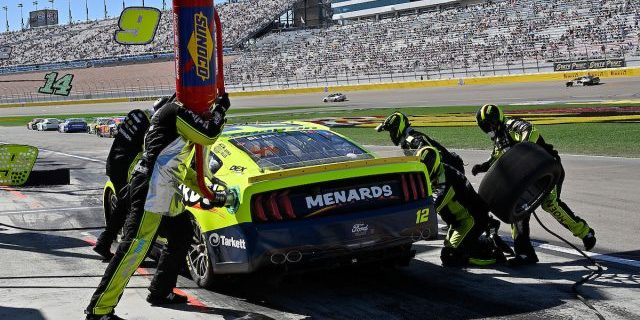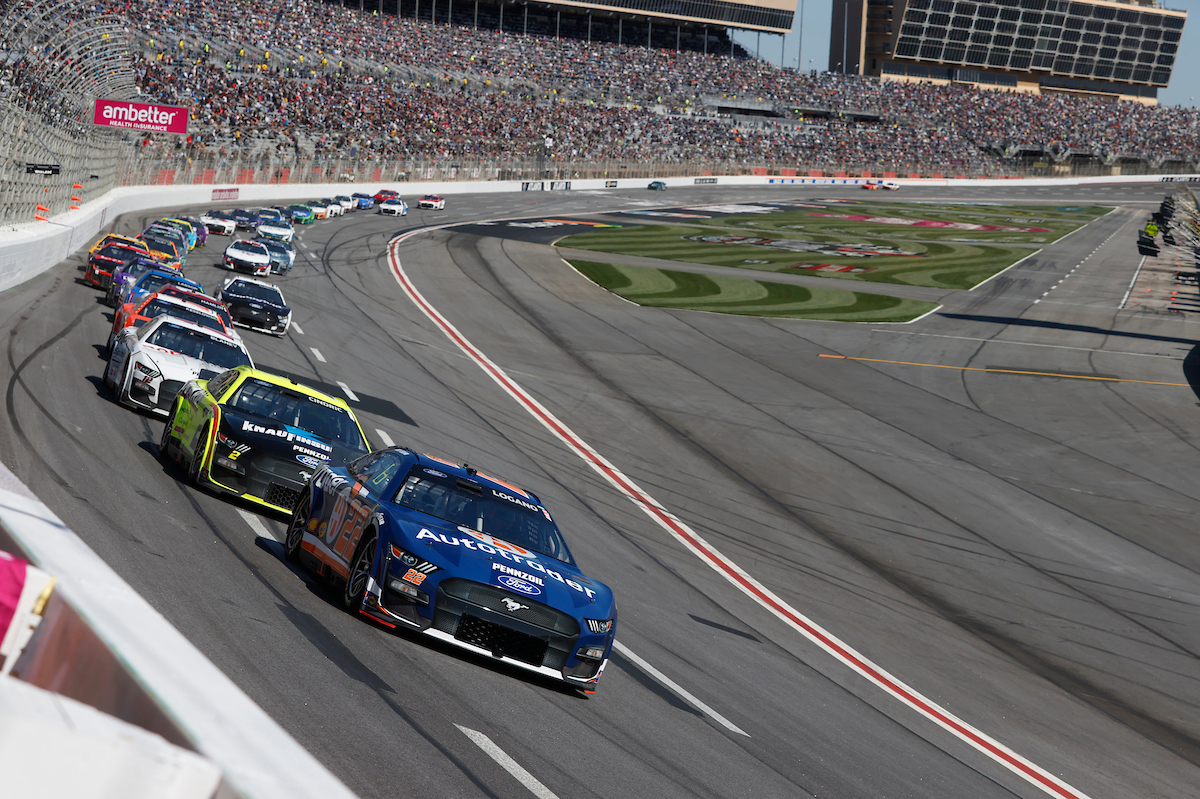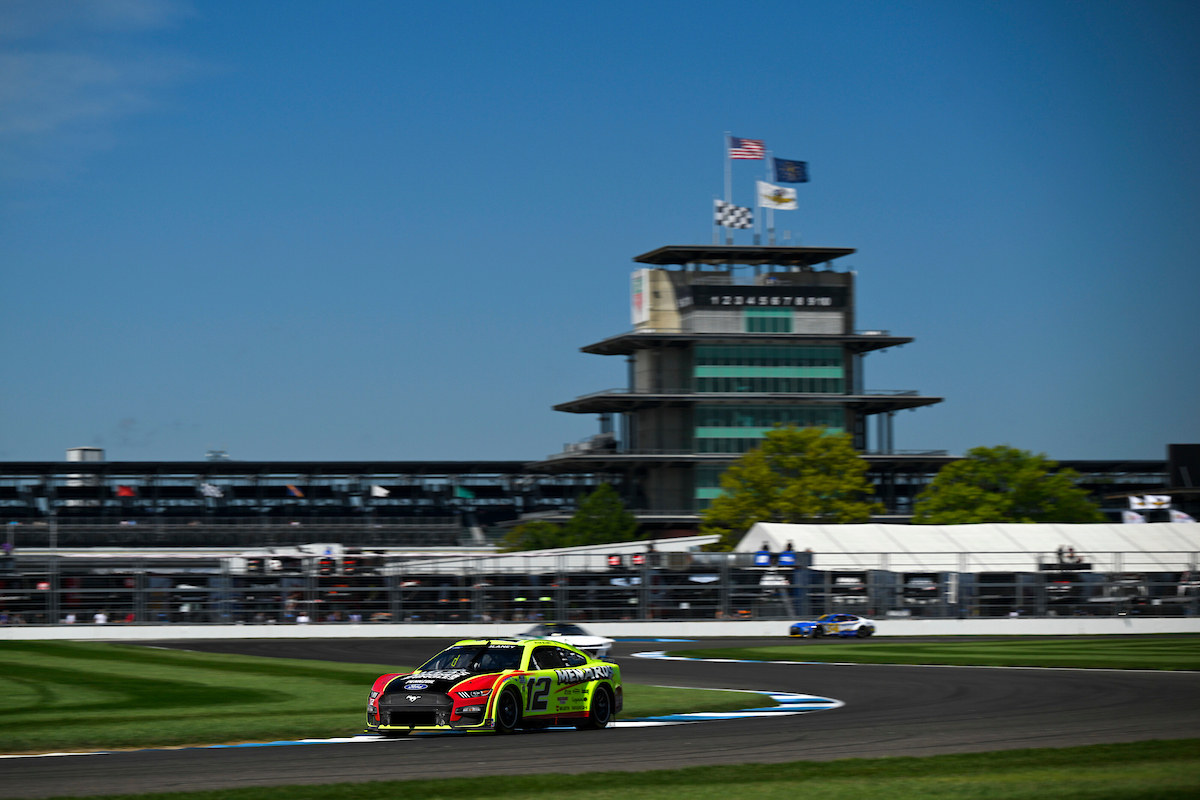A History Of Alternative Fuels In NASCAR


NASCAR has gone through many changes in its 85-year history, from track safety improvements to vehicle modifications. One of the most impactful changes in recent years has been the adoption of alternative fuels.
Here’s a complete history of NASCAR’s fuel usage and some new changes that could be on the horizon.
Table of Contents
Leaded Fuel and the Early Days of NASCAR
During NASCAR’s early days in the 1940s and 50s, leaded gasoline was the only fuel racing teams put into their vehicles. It could obtain up to a 120-octane rating and consistently reached over 100, which is far better than unleaded fuel. This level of octane boost allowed manufacturers to install higher compression engines with more horsepower into their vehicles.
Lead also reduces the fuel’s impact on the engine’s combustion properties, which let racing teams customize the number of hydrocarbons in their fuel blends. They could add varying amounts of lead to the fuel as needed to optimize the engine’s performance. High-octane fuels don’t burn slower than low-octane fuels, but they burn with greater efficiency.
The vintage racecars NASCAR used back in the day — namely the Ford Coupe, Hudson Hornet and Ford Galaxie — also benefited from leaded fuel because it kept their engines in good condition. Engines used exhaust valve seats to keep the combustion chambers airtight, and lead extended the lifespan of these parts.
For all of these reasons, leaded gasoline was the top fuel of choice at the time for most vehicle applications, from the average family’s station wagon to military aircraft. Although small traces of lead are still allowed for race cars with oxygen sensors, NASCAR and other racing organizations have largely switched over to unleaded fuels.
Leaded fuel started to get phased out once oxygen sensors and catalytic converters became available. Oxygen sensors eliminated the need for lead’s higher octane level, and manufacturers discovered that lead damaged catalytic converters.
Once medical professionals began to discover the many health risks of lead exposure from gasoline, paint and other everyday products, NASCAR could no longer justify using the fuel.
The Transition to Unleaded Fuels
NASCAR used a combination of leaded and unleaded fuels for much of the 1970s and 80s. These decades were important growth periods for the sport, as racing teams began to travel across the country with a greater number of pit crew members and supplies. They needed safer ways to store their fuel during transportation, so they switched to unleaded out of necessity.
As the sport gained more publicity outside of the small contingent of diehard racing enthusiasts, NASCAR also needed to clean up its image. This era was filled with heated rivalries that made for great television, but the tracks and vehicles needed some updates. Switching to unleaded fuel would help officials avoid controversy and create a better brand perception.
Mid-grade gasoline was introduced in 1986 in the United States as the main replacement for leaded fuel, which had an octane rating between 87 and 89. However, this rating wasn’t good enough for high-powered NASCAR engines. The later development of premium unleaded gas with octane ratings in the low 90s created a perfect balance between safety and performance.
Premium unleaded fuel was a huge game changer for the racing world. It enabled higher compression ratios, more powerful turbocharging and faster downshifting without any of the health risks associated with lead. NASCAR started testing different high-octane unleaded fuels in 2006 and officially made the switch in 2007, marking the end of leaded fuel usage altogether.
The Ethanol Era
NASCAR was content with the transition to unleaded gasoline for a few years, but another change quickly followed. The sport of stock car racing as a whole was still receiving criticism for its negative impact on the environment, so NASCAR’s executives wanted to end this criticism once and for all.
Team owner Jack Roush was a vocal advocate for the adoption of propane fuel from around 2009 to 2011. Propane is a clean, colorless gas notable for being considerably less dense and flammable than gasoline. Roush hoped propane would address the public’s concerns and make fuel costs more affordable, but it never quite caught on. However, another alternative ingredient emerged that would change the sport forever — ethanol.
The ethanol era began in 2011 when drivers started using E15 “green fuel,” which was high-octane unleaded gasoline with 15% renewable ethanol added to the mix. All three touring series — The NASCAR Cup Series, XFinity Series and Camping World Truck Series — quickly embraced E15 to show their commitment to making the sport more sustainable.
Ethanol increases fuel’s oxygen content, which helps it burn more thoroughly and cause less wear and tear on the engine. It also prevents frozen gas lines, eliminating the need for antifreeze and allowing NASCAR to extend its season. Most importantly, it significantly reduces tailpipe emissions from the vehicles, making the sport much more eco-friendly.
The ethanol era has been going well, as NASCAR passed 20 million miles driven with this renewable fuel in June 2022. Sunoco Green E15 remains the sport’s top fuel choice. It has performed flawlessly in every race car, slashed each event’s carbon footprint and reduced the sport’s overall fuel costs in one fell swoop.
An Electric Future?
Although E15 has been the perfect fuel option for the last decade, NASCAR didn’t hesitate to hop on the electric vehicle bandwagon. The league released its Next Gen vehicle before the 2022 Spring Cup Series, which laid the groundwork for future hybrids and EVs. NASCAR plans to consolidate its single-part suppliers and attract more original equipment manufacturers (OEMs).
Right now, all NASCAR vehicles are either Toyotas, Fords or Chevys — none of which are homegrown EV manufacturers. NASCAR wants to partner with more OEMs to complete the ideal EV race car prototype. Chief operating officer Steve O’Connell says they want to have a prototype on the track by 2024.
NASCAR has also emphasized that hybrid vehicles will not affect the quality of the races. Fans will still feel the earth-shaking vibrations and loud revving of the engines for years to come. Hybrids are simply meant to lower manufacturing costs and expand the sport’s influence within the EV manufacturing scene.
For now, E15 remains NASCAR’s universally used fuel and the ethanol era lingers on. EV technology has to improve before we see a fully electric vehicle that can travel at the same speed and for the same duration as today’s phenomenal race cars.
NASCAR’s Fuzzy Fuel History
Although things have gotten much simpler since NASCAR started officially using unleaded gas in 2007, the sport has a fuzzy fuel history overall. There was a long transitional period in the late 20th century from leaded to unleaded, and other alternatives like propane briefly got thrown into the mix. Drivers and fans alike should be grateful that E15 has brought some clarity to the sport’s fuel consumption.
Frequently Asked Questions
Want to learn more? These are some commonly asked questions about how NASCAR has and will continue to fuel its vehicles.
What Type of Fuel Did NASCAR Originally Use?
NASCAR originally used leaded gasoline, which was commonplace back in the 1940s and 50s. Lead additives gave gasoline a higher octane level, which helped it burn more efficiently and improve engine performance.
Why Did NASCAR Stop Using Leaded Gasoline?
NASCAR stopped using leaded gasoline once medical professionals discovered the harmful effects of lead inhalation. Lead also damaged new parts like the catalytic converter, which made it unsafe to use for the vehicle and the driver.
When Did NASCAR Officially Adopt Unleaded Gasoline?
Although NASCAR was using unleaded fuel for much of the 70s, 80s and 90s, the league officially adopted this fuel type in 2007 and phased out leaded additives altogether.
What Type of Fuel Is E15?
E15 is a combination of 85% high-octane unleaded gasoline and 15% ethanol, which improves the fuel’s efficiency and reduces tailpipe emissions. NASCAR vehicles today run on Sunoco Green E15.
When Will NASCAR Have Electric Vehicles?
NASCAR’s executives hope to have an EV prototype by 2024, but it will likely take a few more years before fans see a fully electric race car in an actual event.
Author Bio
With an extensive background in automotive journalism, Jack Shaw brings a wealth of knowledge and enthusiasm to the table. As a contributing writer for Offroad Xtreme, Ford Muscle, Engine Labs and other leading publications, his articles provide readers with expert insights and captivating stories from the world of racing.










